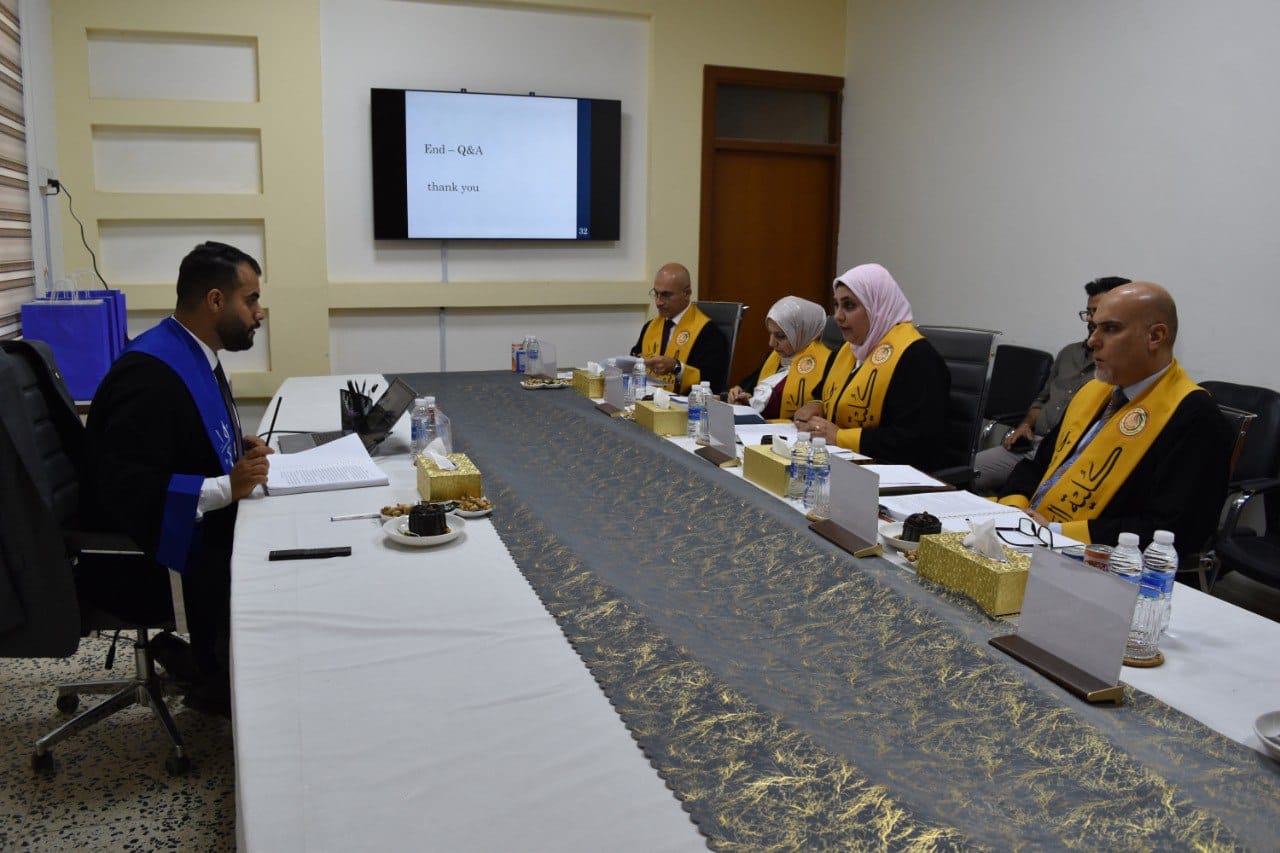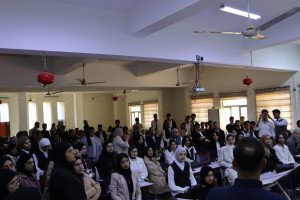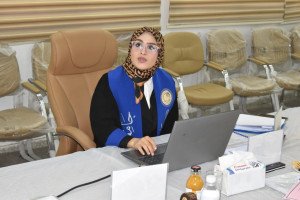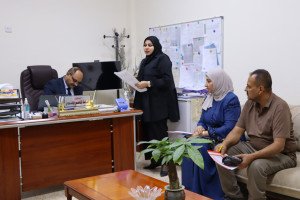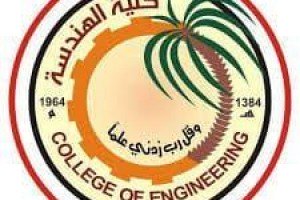
The master’s thesis by researcher Hussein Amjad Yaqoub was discussed in the College of Engineering, University of Basra, Department of Chemical Engineering, Modeling and optimization of sweet gas dehydration unit in Basrah gas company
The dehydration unit desiccates the associated gas to avoid hydrate formation and corrosion, but also meets the requirements of gas quality. the system would generally comprise an inlet separator, two or three adsorber vessels with molecular sieves, a 250–300 °C regeneration system, and automatic switching valves. Molecular sieves help in producing ultra-low moisture levels(<0.1 ppmwt), making them ideal for cryogenic application.
This study outlines a modeling and simulation framework for fixed-bed adsorption in the Basrah Natural Gas Liquids (BNGL) plant based on a 9-months evaluation of dehydration efficiency by studying two feed gas streams from -TriethyleneGlycol (TEG) unit and the Acid Gas Removal Unit (AGRU).
Breakthrough behavior was modeled using the Bohart–Adams fitting model, and the main parameters included the adsorption rate constant and saturation concentration, which were optimized by means of a Genetic Algorithm (GA) in MATLAB® 2024a to compare differences between experimental and optimized data.
Using dynamic simulation with the UniSim R491 program, experimental and realistic operating conditions were validated.
The model predictions were confirmed further by investigating invasion breakthrough curves, breakthrough time, and the construction of performance metrics obtained from experiments. The experimental and predicted results were found to be in good agreement, with an R² greater than 0.97, demonstrating the reliability of the model.
The Optimized B-A model results at the feed from Acid Gas Removal Unit (AGRU). showed the optimal concentration range ( 2600-2700 mg/l), and (90-100 )MMSCFD for flow rate. With a 5.3% error compared to UNISIM and 8.6% compared to the design. UNISIM had a 3.4% error relative to the design, indicating it closely aligns with design data.
The results indicate that water vapor concentration and gas flow rate significantly affect the breakthrough curve and, consequently, the dehydration performance.
In addition, this study is important because it demonstrates that the Genetic Algorithm is a powerful tool for optimizing key adsorption parameters, although it may be limited by initial population selection, mutation rates, and convergence requirements. It should also be noted that the GA does not address the issue of adsorbent degradation over time, which could impact long-term performance.
In summary, a structured procedure to integrate the optimization of GDU shows its importance as part of broader energy efficiency and sustainability improvement opportunities at sites similar to BNGL. Optimum operating conditions are critical as flowrate deviations or inlet moisture can affect familiar regeneration cycles, fuel gas demand, and the likelihood of bed breakthrough at normal time. So, Energy losses will occur due to uncontrolled water vapor carryover, hydrate formation, unplanned shutdowns, and further remediation measures. Such complications are not only preventable, but effective moisture removal has been shown to help increase the calorific value of the treated gas with save the bed efficiency, which in turn increases system performance, contributing to an overall reduction of energy consumption.